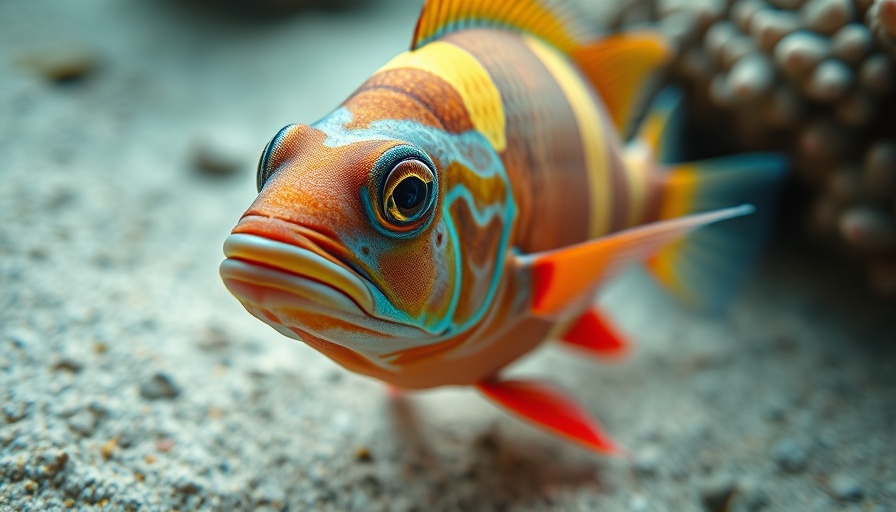
The Fascinating World of Gender-Switching Fish
In the underwater realm, nature has crafted remarkable adaptations, and among these is the extraordinary ability of certain fish to change gender. Recent studies led by scientists at the University of Otago reveal the rapid dynamics of this phenomenon in the New Zealand spotty, or paketi, fish. This fish exhibits the unique ability to change from female to male in response to shifts in their social hierarchy. When a dominant male is removed from the tank, it takes mere minutes for an individual next in line to not only assert aggressive behaviors but also begin a biological transformation that will take weeks to complete.
Understanding the Behavioral Shifts
Within moments of a dominant fish being removed, the next hierarchical female not only shows aggressive tendencies but also starts to behave in a dominant manner — engaging in rapid swimming and even physical contact with smaller, subordinate fish. These 'rushes' underscore a complex interplay between instinctual responses to both social hierarchy and neurological underpinnings that dictate these behavioral changes. Lead author Haylee Quertermous noted her surprise at the speed and intensity of these behavioral adaptations.
Neural Mechanisms Behind Gender Change
While behavioral shifts were the focal point of the immediate study, a deeper dive into the neurobiological aspects of these changes entails intrigue. Spotties exhibit a distinct social decision-making network in their brains that modulates these behaviors. Research led by Dr. Kaj Kamstra shows that the dominant positions attained by these fish coincide with significant variations in this neural network compared to their subordinate counterparts. The findings not only shed light on how social hierarchies influence behavior but also open avenues to explore the neural complexities of social dynamics in aquatic life.
The Implications of This Research
These discoveries pose significant implications for both ecological science and our understanding of social structures in animals. This natural adaptability can influence fish population dynamics and community structure, especially in changing environmental conditions. By understanding these gender-switching behaviors, scientists can draw parallels about resilience and adaptability among species in rapidly changing ecosystems.
Connecting with Broader Themes
Observations made in the context of the paketi fish can invite analogies within human societies, particularly in discussions about social structures and gender roles. As societies evolve with growing inclusivity, studies like this can inspire reflections on how behavior is influenced by hierarchy and power dynamics.
The Future of Gender Studies in Aquatic Life
This research opens exciting avenues for future exploration. Understanding how social hierarchies dictate behaviors leads to questioning what further adaptations might exist within other species facing similar struggles with dominance and gender expression. As scientists continue to unravel these mysteries, insights gained may offer profound implications for conservation efforts and our understanding of biodiversity.
Real-World Applications and Insights
For those living in Dallas or similar urban environments, understanding adaptable species like the paketi fish can encourage reflections on the adaptability seen in our communities, especially in terms of social dynamics and inclusivity. It's a reminder that just as these fish thrive through change, so too can urban life grow richer through diversity and acceptance.
As we dive deeper into the fast-paced changes in our world—mirrored in nature—we should embrace the lessons learned from these remarkable fish. The findings not only enhance our scientific knowledge but also serve as a metaphor for resilience and adaptability in our lives.
 Add Element
Add Element  Add Row
Add Row 



Write A Comment